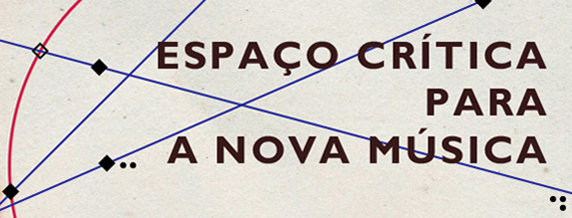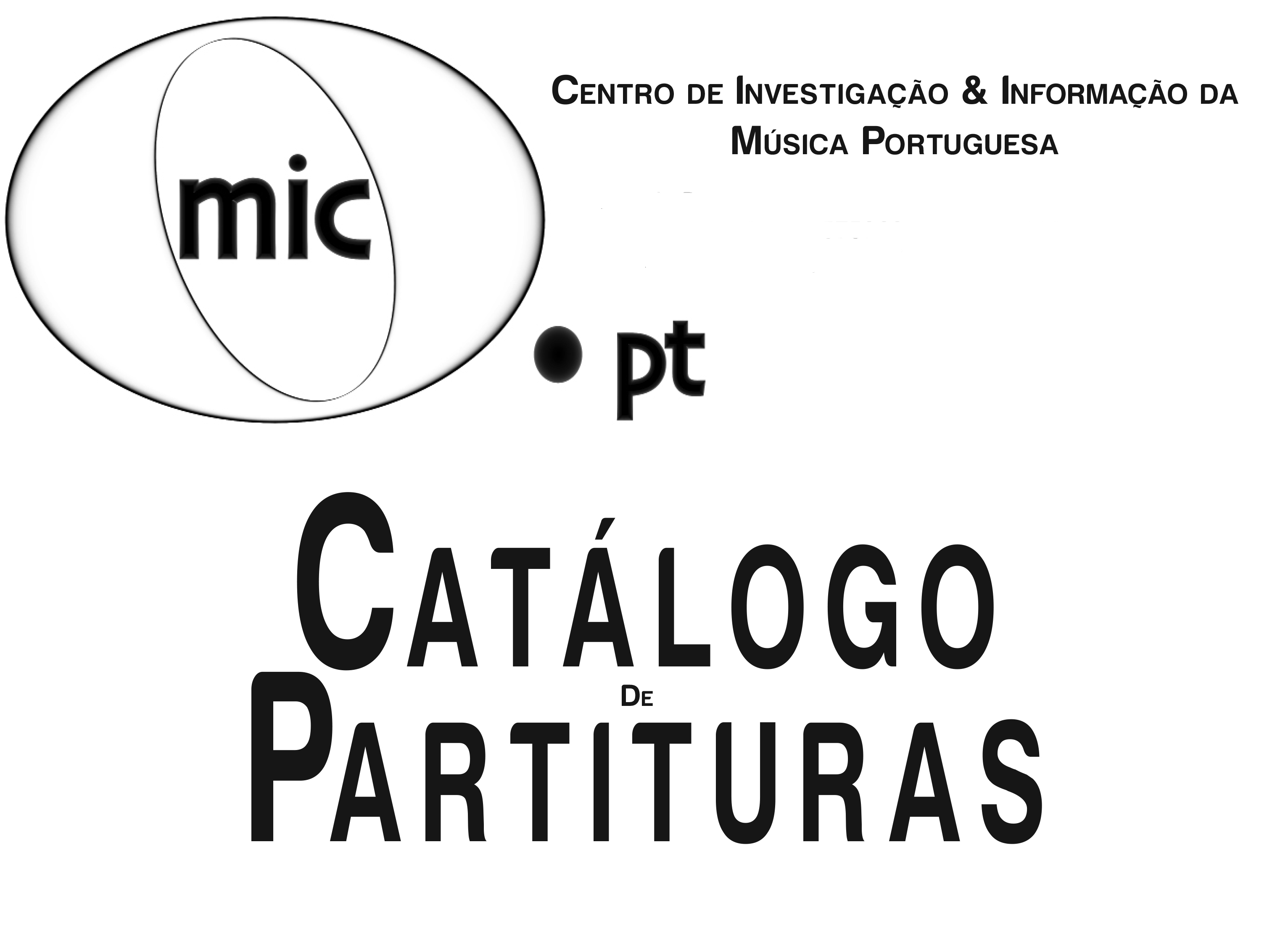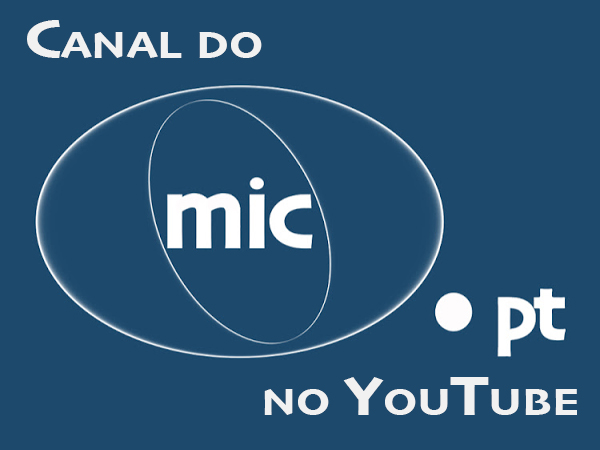First I work out the musical fabric, which already defines various parameters of the work’s sound world. Then I begin the work «dancing upon a floor» full of material, waiting for the musical narrative to be born. It is a liberation process, full of magic.”
Preface
Isabel Soveral’s music, simultaneously at the macro and micro level, can be characterized by morphose, constant transformation and development. It can be attributed to the influence, which in her imaginary, subconsciously, had the work of Ludwig van Beethoven. One of her first musical memories comes from the times of her childhood, when she heard Alfred Brendel playing on piano one of the pieces by the classical master (this passion lasts until today). Isabel Soveral stresses the importance of creation and artistic expression in the process of self-knowing, emphasising at the same the influence of the modernist school, principally its evidence in the music of Anton Webern and Karlheinz Stockhausen. “There was a certain time, in which my preoccupations changed. This is when we begin to know, being fundamentally more preoccupied with the style in itself. What it is, how do we write…and this is, in a way, liberating.”
[1] Nevertheless, not only the creation but also the reception of music is a significant factor “for the affirmation of a composer’s career”, emphasizes Isabel Soveral, “since without it, the work will never come to be truly known.”
[2] The work does not exist when it is not performed and it is the performers’ role to provide the final touch of its concretization, one of the most magical moments in the composer’s life. As a whole Isabel Soveral’s music is a mirror not only of her spirit, but also of her “cruder” and less transcendental side. The quintessence of her work as composer can be identified in the necessity to communicate through sound, both emotionally and rationally.
Biography
Isabel Soveral was born in Porto in December 1961. Her contact with music began very early, at home, under the “Spartan” guidance of her sister. “At the age of 10 I entered the Porto Music School, where I followed my Piano lessons and musical education [under the direction of Hélia Soveral and Madalena Soveral]”
[3], recalls the composer. Since very early she also began to have regular contact with contemporary music, the music of the 20th century. These first experiences influenced her future musical choices. At the age of 18, with an urge to compose, she attended her first Composition course oriented by Jorge Peixinho, with whom she came to work until 1988. It was, above all, Jorge Peixinho’s personality and creative capacity, which encouraged Isabel Soveral to follow composition. At the same time she attended Piano and Composition courses and the Lisbon Conservatory, oriented by Joly Braga Santos. She also frequented courses conducted by Emmanuel Nunes (1984-87), Electronic Music courses directed by Daniel Teruggi and Makoto Shinoara (Viana do Castelo, 1983 and 1984) as well as Piano classes led by Claude Hellfer (1981-82). “My first piece is from 1983, [“Four Variations”] for solo flute, and there is an initial phase, which includes this work, as well as «Opiums» (for solo clarinet) and a work for piano solo «Fragmentos», corresponding to the period from 1983 to 1988, the year, in which I depart to New York. This phase is ingenuous and experimental. Even though I was studying at the Conservatory, I was also already working with Jorge Peixinho, particularly up to the moment, when he started to give lessons at the Conservatory.”
[4] In 1988 Isabel Soveral entered, as assistant, the State University of New York at Stony Brook, where she studied under the direction of Daria Semegen and Bulent Arel, having obtained scholarships of the Gulbenkian Foundation, the Luso-Americana Foundation and Fulbright for Bachelor and PhD programmes in Composition. “[New York] was a new world, not only because I had Access to electronic means and finally to studios, but also because of the difference in learning style and working process (...). I belonged to a real school, which put stress on theoretical and technical formation (...). The American school obliges us to have technical education, I learnt how to record concerts, and so on. It is a very important complementary education.”
[5] Since 1995 Isabel Soveral has been associate professor at the Communication and Arts Department of the Aveiro University where she teaches Composition, Theory and Musical Analysis. She is member of the Scientific Council of the Portuguese Music Research & Information Centre and coordinator of a Research Pole of the UniMem in Aveiro, a unit of the Évora University.
The Work
The beginnings of Isabel Soveral’s compositional activity are strongly influenced by the personality of Jorge Peixinho: “…I came to Lisbon to look for Jorge, to work with him after a course he gave in Porto. And this phase was very important, because, as we all know, Jorge is a crucial personality in the evolution of Portuguese music and was a “bottomless pit” of information and knowledge. To talk, to discuss and work with him was a unforgettable experience.”
[6] For Isabel Soveral the 1980’s was a period not only of intensive learning, principally by means of intuition, since she did not have a lot of experience in composing, but also of experimentation, which enabled the revelation of her expressive tendencies. The first work, “Four Variations” for solo flute revised with Jorge Peixinho and worked out with him “upon the moment”, even though being only kind of compositional exercise, constituted a great step in discovering and classifying her expressive tendencies, musical gestures, which then came to identify her musical language. Another important influence in defining her sound imaginary can be encountered in the music of Karlheinz Stockhausen and both “Opium I” and “Opium II” are works, which emerged from this revelation. “…I could say that probably I am quite influenced by Stockhausen’s sound world. But only at this level, sonorously, in the organic aspect of his music and the evolving material. We are not talking about clear techniques, but a pretty simple and physical perception, which nurtures the imaginary of a person, who is quite young, and because of that can be influenced.”
[7] In more recent works, namely in the “Anamorphoses” cycle, Isabel Soveral turned towards a more intense lyricism
[8] , whilst trying to balance it with the rigor of construction. At the level of working out instrumental (acoustic) and electronic means, she has been exploring the frontier between the electronic and instrumental worlds, concentrating principally on the ideas of “shadow”, “proximity” and “reflection”. The genetic code (DNA) of her music is constituted by the notion of development, by sound combinations, which in a way reflect the electronic imaginary, but above all by two opposites – organization of the material, on the one hand, and creation of the work, on the other, which emerges from “a dance on the top of the material”. The concept, which “crosses the body of her compositions, serving her as a title as well as an operational and internal motto”
[9] is the morphose. Her music has a “visual” component, so to speak, which in a metaphorical way turns her into sculptress of sound masses.
In the “Anamorphoses” cycle one distinguishes, on the one hand, a poetic programme “punctually nurtured by extra-musical references (poetry mainly by Arthur Rimbaud and Al Berto)”
[10] , but on the other, a way of composing, which is very organic, processive and evolutional. This quality marks all of her music ulterior to the cycle: “(…) nowadays, when I depart for a new piece, when I have an idea (…) I begin working with the material. And I develop a lot of material, walls of material, a house full of material! This is for me the most complex phase of composing. After that, when I have the base, I start writing the work.”
[11] The material has the potential to give origin to different pieces. It is the embodiment, the genetic code of a sound idea, which defines the field, the sound space, the equation of various musical parameters. Therefore the expressive tendencies, the spirituality and “psychology”, as well as Isabel Soveral’s sound imaginary are already present in the initial material. It is exactly in this method, by which the notion of morphose and transformation is expressed, since “Anamorphoses”, making references to a physical process, is essentially a cycle which looks for a perfect musical idea, for a perfect material inside the sound illusion throughout the work. In “Anamorphoses” the sound mater transmutes itself from one work to another. “Anamorphose I” for clarinet and electronics, an experimental piece with a strong emotional and psychological weight, was written in New York in 1993. In the work one encounters the first elaboration of the cycle’s material – and intervallic sequence of 9 notes, worked out metrically and rhythmically. While in “Anamorphose I” the clarinet (instrumental) part was written as the first one, in “Anamorphose III” (1995) for violin and electronics, it is the electronics that produces the work’s sonority, creating various textural and spatial dimensions, in a way, taking the violin out of its sound limits – in one moment the violin explores the low registers, performing one octave below its “normal” amplitude. “Anamorphose IV” for cello solo, for its part, is a valorisation of the acoustic material by the means of physical elimination of the electronics, which, nevertheless, remains in the work’s plasticity and reflection. Notwithstanding, in the cycle as a whole, it is the fifth part, “Anamorphose V” for string quartet that constitutes the actual turning point. Isabel Soveral presents us a new material, which creates a dialogue with the former one, introducing a brand new dimension through the use of quartertones. The cycle closes with “Anamorphose VII” for cello and orchestra, a work, which incorporates, above all, the new sonorities appearing in the string quartet (“Anamorphose V”). The formal structure of Isabel Soveral’s music, which distinguishes itself through “crossing liberty and asceticism”
[12] , results, on the one hand, from a centripetal growth of the material, but on the other, form the liberation in the process of creation of the works. This method of sculpting sound masses creates a tendency to join pieces in cycles – “Contornos” (1987-90), “Anamorfoses” (1993-2002), “Memoires d’Automne” (1998-2008), “Le Navigateur du Soleil Incandescent” (2005-2009), “Shakespeare Cycle” (2007-2011) –, which in fact do not end, but are being interrupted and resumed in other phases, sometimes, with new approaches. Isabel Soveral gives them an ending “only in that moment”, so her work remains open and “anxious” to continue. “When I premiered «Anamorphose VII», the first thing I said to António Chagas Rosa was: «Well, this could last for more ten minutes (...).» I think that (...) there are indeed certain options present [in my music]. But perhaps because I am Capricorn, what preoccupies me the most is the coherency, the strong formal structure, which allows me to liberate myself in poetical terms and create a work, which would in its essence have to do with me.”
[13] 1 - Interview to Isabel Soveral conducted by Luísa Prado e Castro; www.mic.pt, 2003; English translation: Jakub Szczypa
2 - Interview to Isabel Soveral in: Sérgio Azevedo, "A Invenção dos Sons. Uma Panorâmica da Composição em Portugal Hoje", Editorial Caminho, Lisboa 1998, p. 396; English translation: Jakub Szczypa
3 - Interview to Isabel Soveral in: Sérgio Azevedo, op. cit., p. 395
4 - Interview to Isabel Soveral conducted by Luísa Prado e Castro; www.mic.pt, 2003
5 - ibidem
6 - ibidem
7 - ibidem
8 - Sérgio Azevedo, "Soveral, Isabel"; in: Grove Music Online. Oxford Music Online; http://www.oxfordmusiconline.com/subscriber/article/grove/music/48527 (accessed on 27 November 2011)
9 - António Chagas Rosa, "Soveral, Isabel"; in: Enciclopédia da Música em Portugal no Século XX, directed by Salwa Castelo-Branco, Lisboa 2010, p. 1237; English translation: Jakub Szczypa
10 - António Chagas Rosa, op. cit., p. 1238
11 - Interview to Isabel Soveral conducted by Luísa Prado e Castro; www.mic.pt, 2003
12 - António Chagas Rosa, op. cit., p. 1238
13 - Interview to Isabel Soveral conducted by Luísa Prado e Castro; www.mic.pt, 2003





